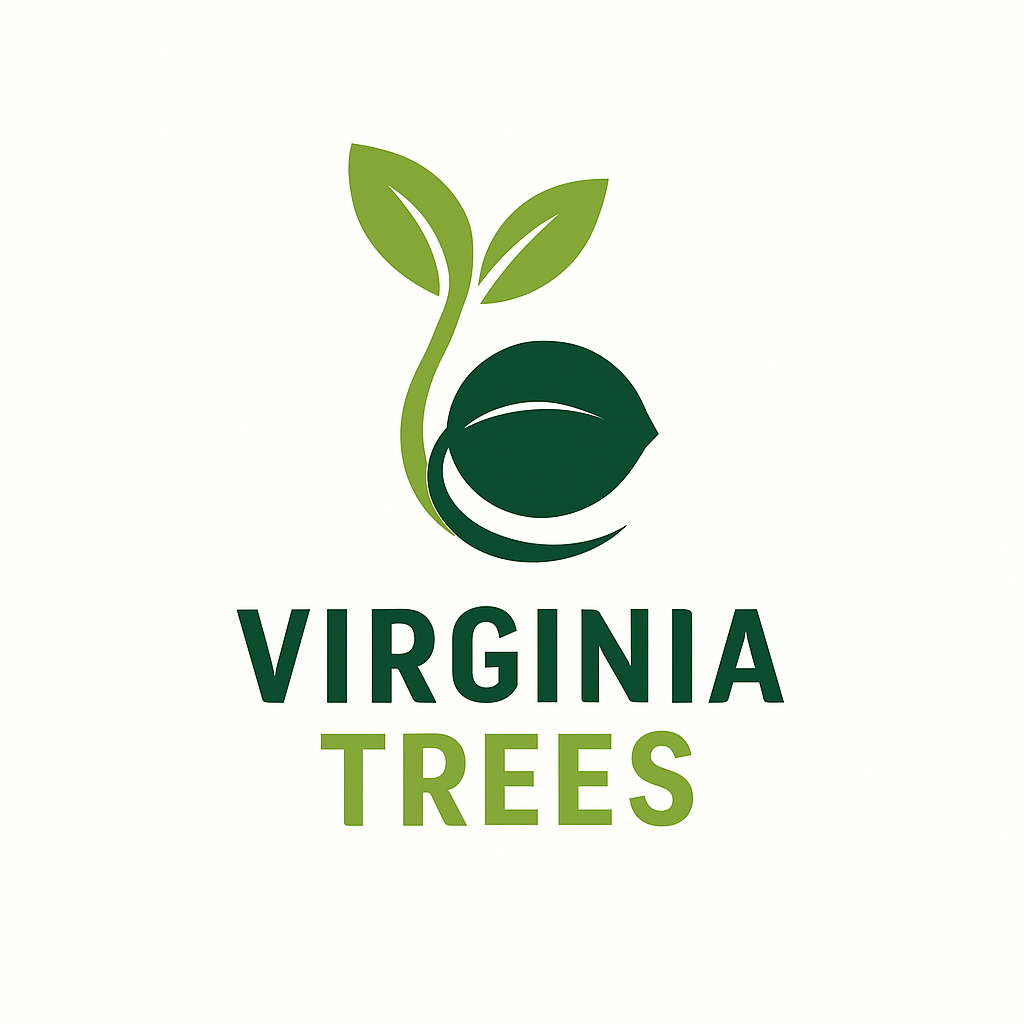Resources
Links
Planting Guide Available Here - See guide for info on planting trees, seeds, and cuttings. Includes book recommendations & links to other info on deepening knowledge of working with plants.
"3$ Trees" State Forestry Nurseries List - Click here to see the spreadsheet from TikTok: 34 states have a forestry nursery that sells inexpensive bulk trees for conservation efforts. Some programs are much better than others, especially when looking for food producing plants. I’ve tried to put the best & those which will ship to other states in their region at the top of the sheet.
County level native plant database: The Biota of North America Program (BONAP) has an amazing resource to look at the native ranges of specific species but also allows the input of a state & county to filter to county level native plant data.
Miyawaki Method: a method of afforestation created by Akira Miyawaki that has been implemented in more than 1,000 forests worldwide. It helps jumpstart biodiversity recovery with a dense planting of intermixed native species. They can be at any scale and many pocket forests have been added to parks, schools, and yards. SUGi Project has great examples of Miyawaki forests in Massachusetts, Minnesota, and worldwide. Each November & March, the Horn Farm Center offers a Miyawaki 101 workshop to go in depth and tour their 2019, 2021, & 2022 plantings.
Keystone Plants
Certain plant species feed a broader range of insects and focusing on reintroducing these keystones to your landscape can accelerate the return of biodiversity.
Keystone native trees and shrub by ecoregion: This helpful series by Homegrown National Park (HNP) helps you identify tree and shrub species that have an outsized impact in supporting wildlife in your ecoregion. HNP also has a container gardening series on keystone wildflowers & a list of regional databases aimed at helping you sourcing native plants.
Keystone plant species of Eastern Temperate Forests: The National Wildlife Federations (NWF) hosts broader lists of keystone plants for each North American Ecoregion. NWF also has a native plant finder by zip code.
Learning Your Land
Sun Seeker is a paid smartphone app (iOS, Andriod). This can be helpful for planning out sun and shading in various locations through your homestead or garden.
Google Earth Pro is a free download that has the ability to view a place on earth from satellite imagery across that past 30 years (the feature is not available from the web version). It helps give a longer perspective of your land than your personal knowledge. You can also create custom maps and projects (importing topo files and more).
Native Land is a global map detailing the territories of indigenous groups through time. Looking up a territory provides links to more information about the nations that once inhabited it. Beyond a land acknowledgement, this also provides insight into the indigenous uses of plants that may be best suited to your region.
Free Seed
There is an initiative at FreeHeirloomSeeds.org that offers 4 free varieties of seed per family per year. Check your local library for a seed library, which can be a great way to try new varieties for free and to donate your surpluses / abundance with the community. The most prolific way to get free seed is through saving your own!
Seed Saving
Seed to Seed by Suzanne Ashworth is a wonderful reference for saving vegetable seeds. The book is at more than 700 libraries nationwide that link is to its WorldCat listing where you can check for it at libraries near you. It's a comprehensive resource for isolation distances and processing techniques.
Trees of Power by Akiva Silver is a great book about propagation that covers 10 key tree allies. Finding and identifying plants you want to save seed from is another important step.
Identification Apps
Seek by iNaturalist can help you expand your identification skills using your smart phone camera. There is a search by image function within the Google App as well that allows you to do similar. While they do provide occasional false positives, they are an accessible way to help people new to the practice of identification.
iNaturalist allows you to see a global map of others' identifications. It can help you track down a new plant in your area or get to know the habitat in your region.
Merlin Bird ID is Shazam for bird songs! They also have a photo ID process and a checklist ID process that help you narrow down which species you may be observing.
eBird is the citizen science platform that accompanies Merlin. Users submit checklists of confirmed sightings worldwide and all that data is available to scientists.
